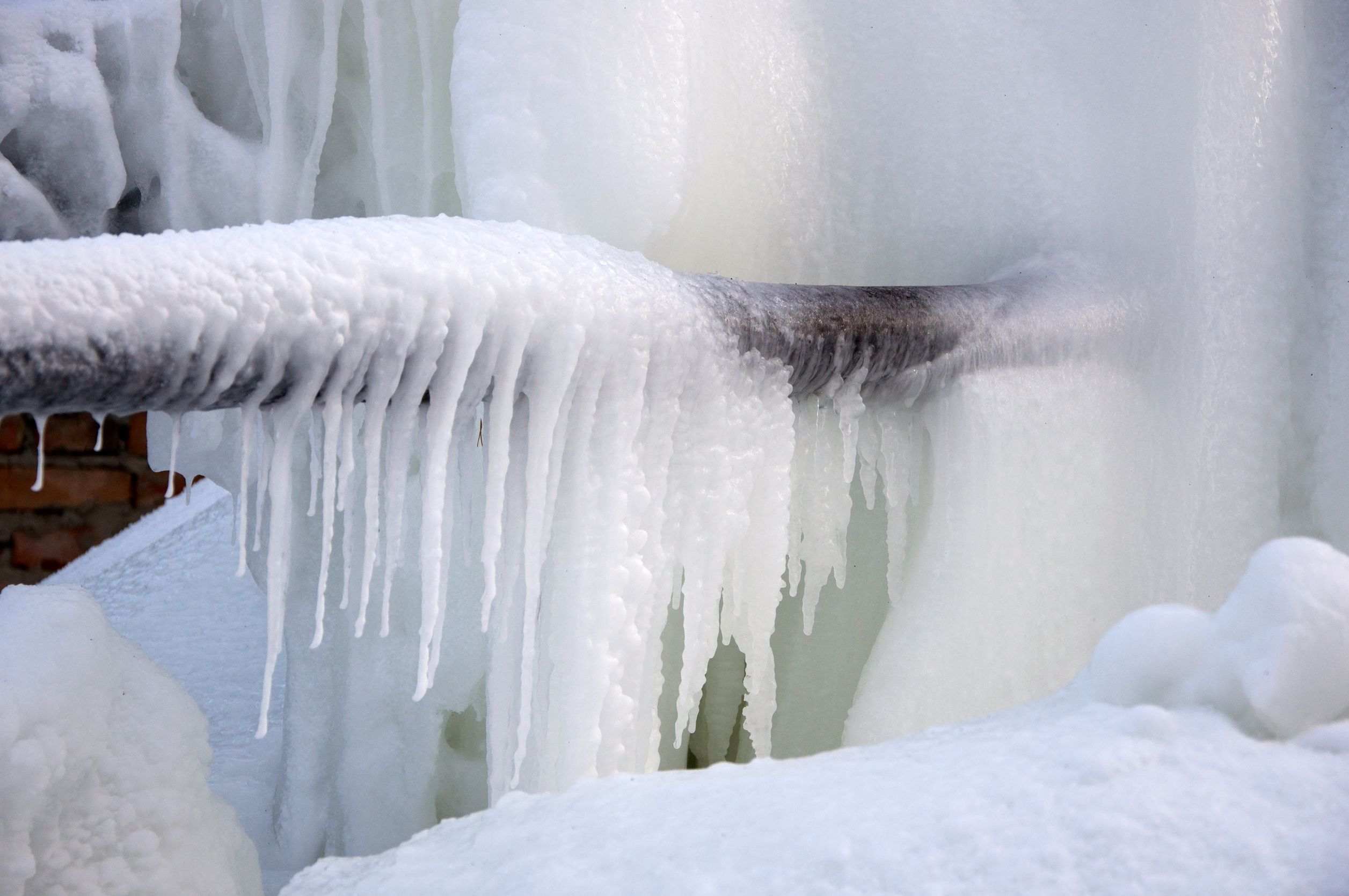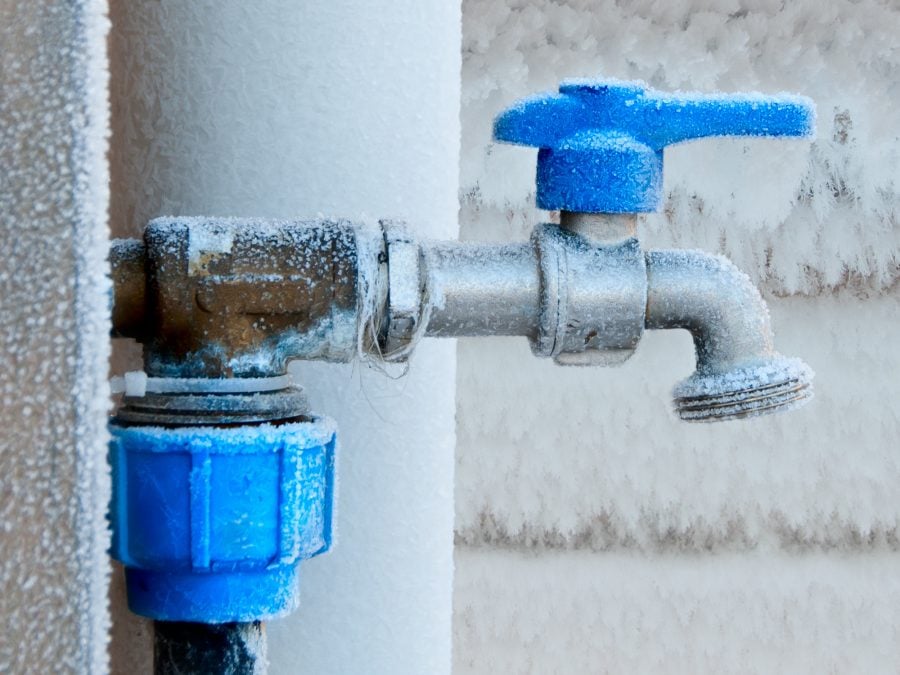Important Advice to Protect Against Frozen Plumbing in Winter
Important Advice to Protect Against Frozen Plumbing in Winter
Blog Article
We've come across this article relating to Helpful Tips to Prevent Frozen Pipes this Winter listed below on the internet and concluded it made perfect sense to discuss it with you on this page.

Winter can ruin your pipes, particularly by freezing pipes. Right here's exactly how to prevent it from taking place and what to do if it does.
Intro
As temperature levels decrease, the risk of frozen pipes rises, possibly resulting in expensive repairs and water damage. Understanding how to prevent frozen pipes is vital for home owners in cool environments.
Avoidance Tips
Protecting susceptible pipes
Cover pipelines in insulation sleeves or utilize heat tape to protect them from freezing temperature levels. Concentrate on pipes in unheated or external areas of the home.
Home heating methods
Maintain indoor areas sufficiently heated, specifically areas with plumbing. Open up cabinet doors to allow warm air to circulate around pipelines under sinks.
How to determine icy pipes
Try to find lowered water flow from taps, uncommon smells or noises from pipes, and visible frost on subjected pipelines.
Long-Term Solutions
Structural adjustments
Take into consideration rerouting pipes away from exterior walls or unheated areas. Add extra insulation to attic rooms, basements, and crawl spaces.
Upgrading insulation
Purchase high-grade insulation for pipelines, attics, and wall surfaces. Correct insulation helps keep consistent temperature levels and decreases the risk of icy pipelines.
Safeguarding Outside Plumbing
Garden hose pipes and exterior taps
Disconnect and drain pipes garden pipes before winter months. Install frost-proof spigots or cover outdoor taps with shielded caps.
Understanding Icy Pipes
What triggers pipelines to freeze?
Pipelines freeze when subjected to temperatures below 32 ° F (0 ° C) for prolonged periods. As water inside the pipelines freezes, it expands, taxing the pipeline wall surfaces and possibly triggering them to break.
Dangers and problems
Frozen pipelines can result in supply of water interruptions, building damages, and pricey repair work. Burst pipelines can flooding homes and trigger extensive architectural damages.
Indications of Frozen Pipeline
Determining frozen pipelines early can stop them from breaking.
What to Do If Your Pipes Freeze
Immediate actions to take
If you believe icy pipes, maintain faucets available to eliminate stress as the ice thaws. Use a hairdryer or towels taken in hot water to thaw pipes slowly.
Final thought
Stopping frozen pipelines needs aggressive actions and quick feedbacks. By understanding the causes, indications, and preventive measures, house owners can secure their pipes throughout winter.
5 Ways to Prevent Frozen Pipes
Drain Outdoor Faucets and Disconnect Hoses
First, close the shut-off valve that controls the flow of water in the pipe to your outdoor faucet. Then, head outside to disconnect and drain your hose and open the outdoor faucet to allow the water to completely drain out of the line. Turn off the faucet when done. Finally, head back to the shut-off valve and drain the remaining water inside the pipe into a bucket or container. Additionally, if you have a home irrigation system, you should consider hiring an expert to clear the system of water each year.
Insulate Pipes
One of the best and most cost-effective methods for preventing frozen water pipes is to wrap your pipes with insulation. This is especially important for areas in your home that aren’t exposed to heat, such as an attic. We suggest using foam sleeves, which can typically be found at your local hardware store.
Keep Heat Running at 65
Your pipes are located inside your walls, and the temperature there is much colder than the rest of the house. To prevent your pipes from freezing, The Insurance Information Institute suggests that you keep your home heated to at least 65 degrees, even when traveling. You may want to invest in smart devices that can keep an eye on the temperature in your home while you’re away.
Leave Water Dripping
Moving water — even a small trickle — can prevent ice from forming inside your pipes. When freezing temps are imminent, start a drip of water from all faucets that serve exposed pipes. Leaving a few faucets running will also help relieve pressure inside the pipes and help prevent a rupture if the water inside freezes.
Open Cupboard Doors
Warm your kitchen and bathroom pipes by opening cupboards and vanities. You should also leave your interior doors ajar to help warm air circulate evenly throughout your home.

I'm very serious about Helpful Tips to Prevent Frozen Pipes this Winter and I'm hoping you liked our entry. Sharing is good. You just don't know, you may very well be helping someone out. Many thanks for your time. Kindly check our site back soon.
Click Here Report this page